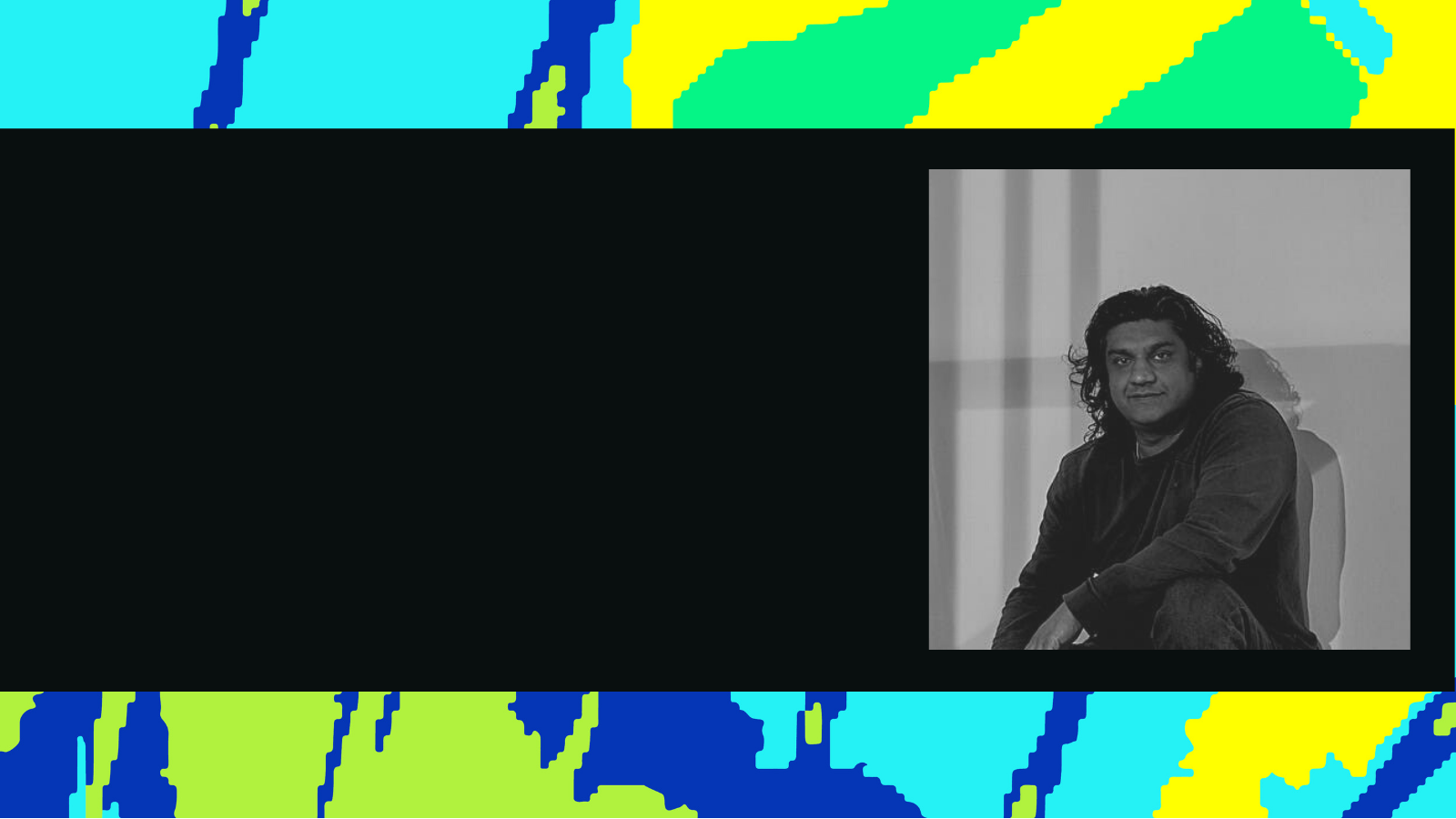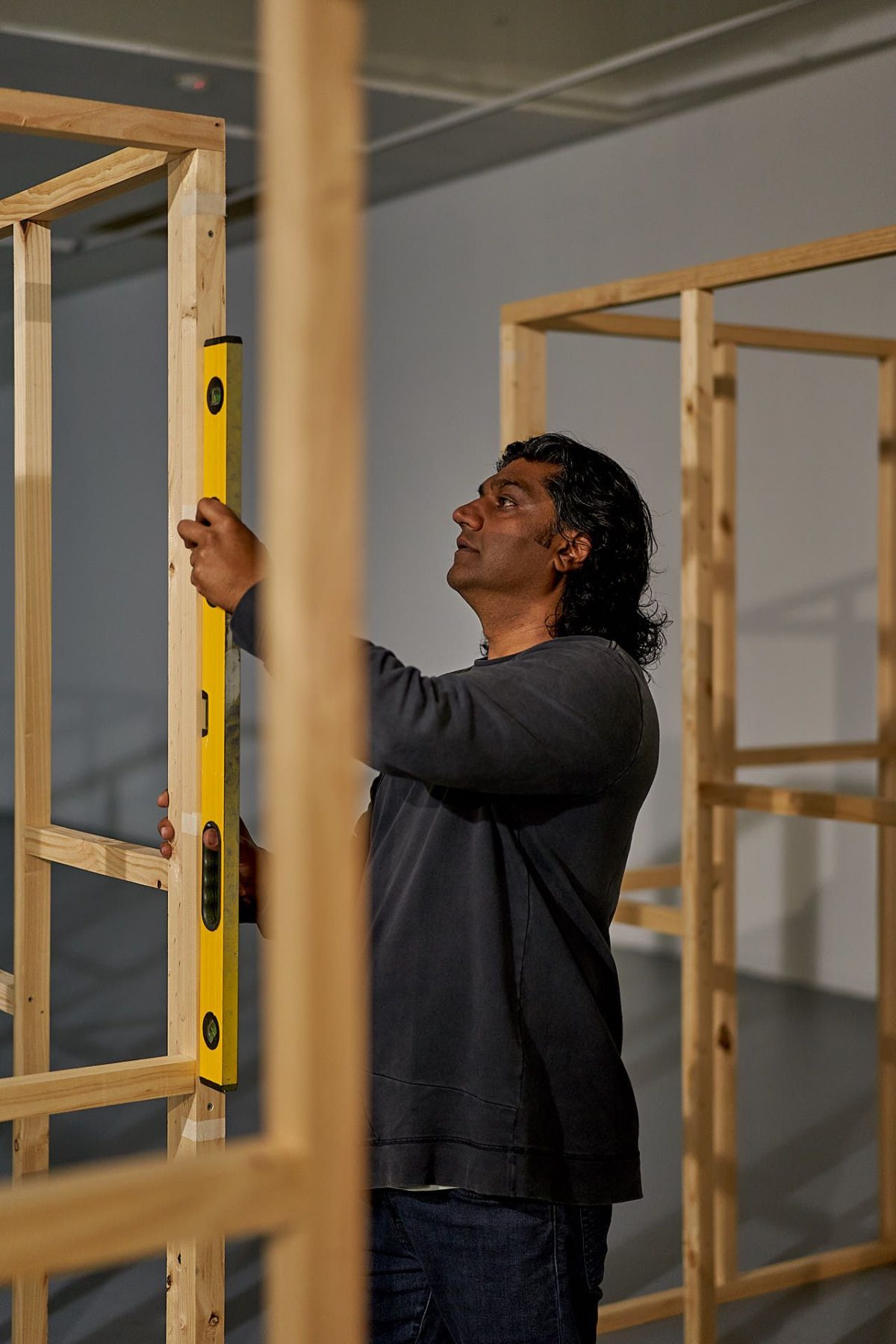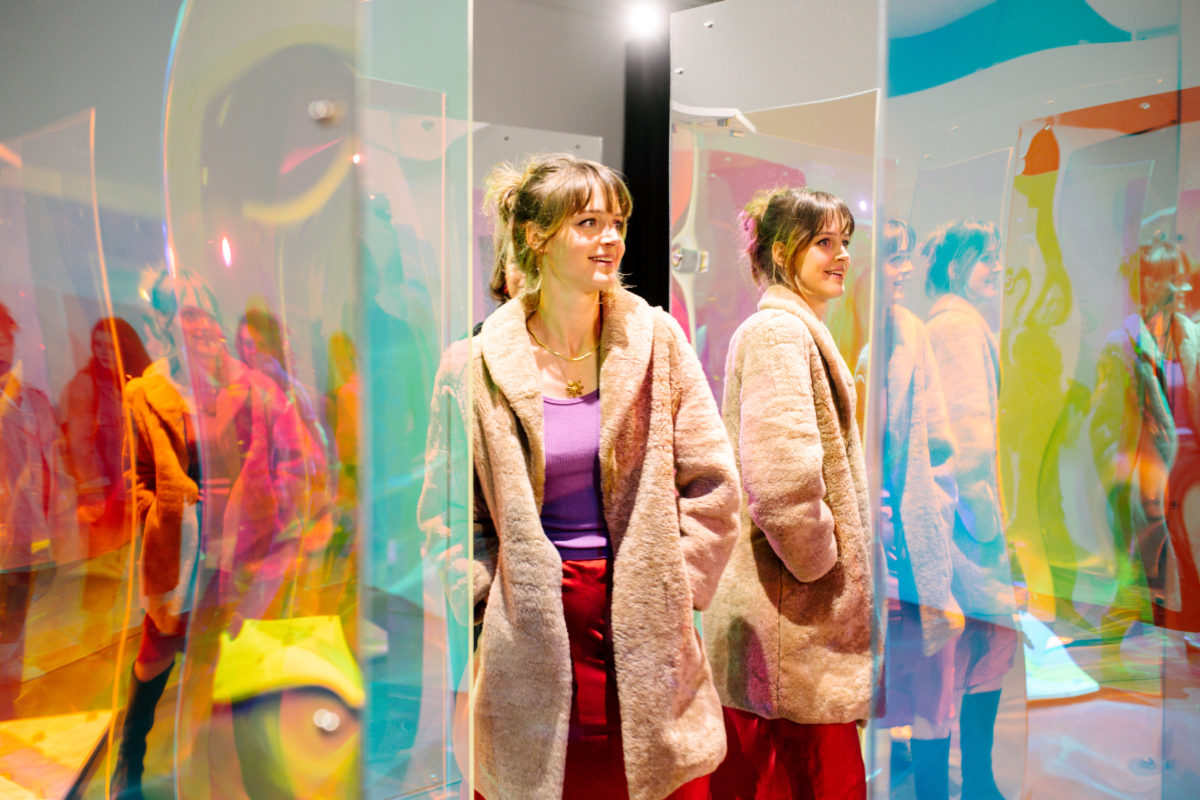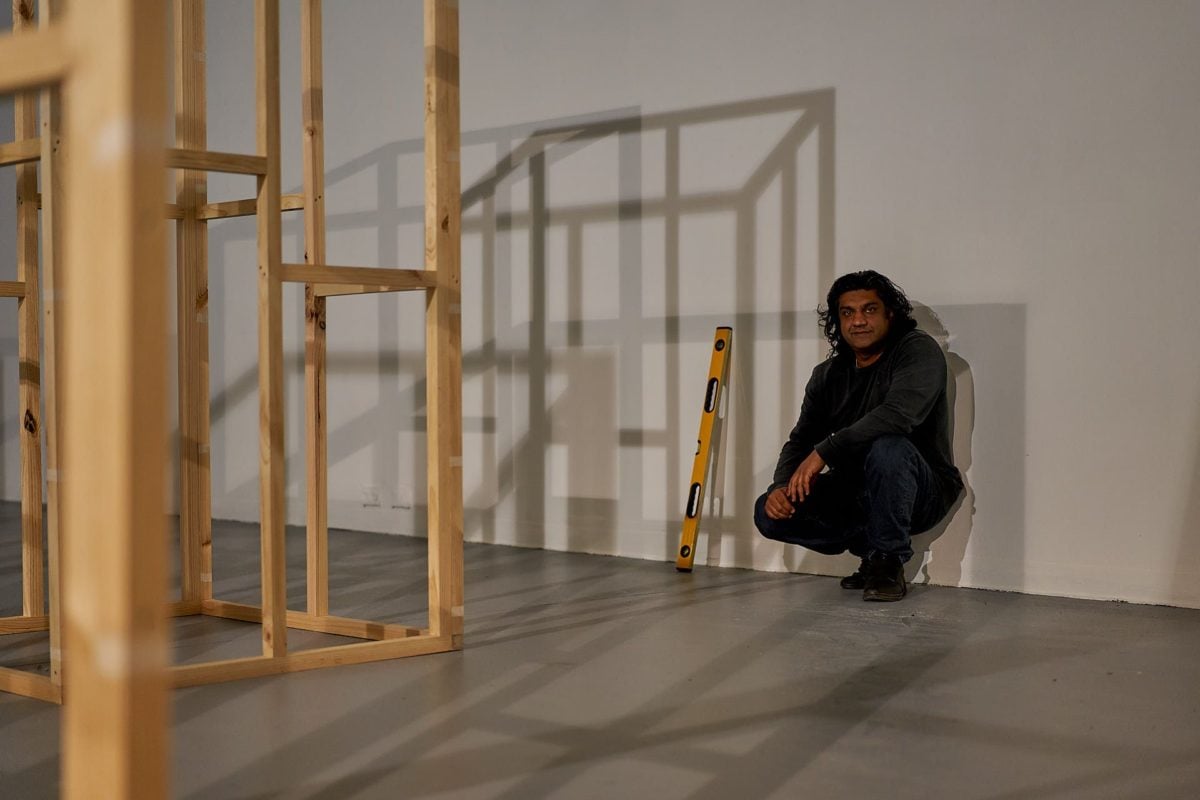Posted 10 Mar

Words by Sarah Keenihan.
“So, where are you from?”
It’s a question many non-white Australians are still asked, even though their families have been citizens here for several generations.
PhD candidate Yusuf Ali Hayat is interested in this experience of feeling like a stranger in the country you live. For his postgraduate studies, he’s using the door – yes, that rectangular thing that separates the inside from the outside of your house – as a symbol to explore his ideas further.
You see, doors are much more complicated than you think.
“The doorway is a threshold, it’s a space between a guest and a host,” said Yusuf.
“That’s interesting to me because migrants can feel like they’re perpetual guests in their new country – kind of like being stuck in a revolving door.”
Yusuf said part of the reason behind this may be because we still tend to hold on to a single dominant culture as being the ideal, and the way we define Australia.
“I want to explore how we can live more successfully with difference, and maybe even progress to building a kind of indifference to race and religion in our cities,” Yusuf said.
And so his work aims to push people to rethink the ways we view culture, and what ‘being Australian’ is.
“Though this applies equally in London and other places as it does in Melbourne and in Adelaide,” he said.
Yusuf was a social worker before he became an artist, helping migrant and refugee communities in the United Kingdom and Australia.

Cultural importance of the door
Yusuf is doing his research through UniSA Creative. Although some fine arts academics choose to start their projects in the studio, Yusuf began with a literature review – a critical reading of published works looking at how doors feature in human cultures.
“There are so many rituals that revolve around doorways – things like a groom carrying a bride over the threshold when newly married, or hanging a horseshoe by the door as a way to bring good luck to a household,” Yusuf says.
“In other settings the door is seen as a portal; for example, the cupboard door leads to a new world in The Lion, The Witch and The Wardrobe.”
Yusuf is also reading theories about cultures, race and ‘whiteness’.
After producing a thesis, Yusuf will create an artefact – a piece of art. This physical expression of his research will be viewed by his PhD assessors to confirm his graduation, and will be on public display in Adelaide in early-mid 2022.
A related piece of work, Yusuf’s installation Baab Al-Salaam – consisting of a series of shimmering panels and revolving doors that reflected the viewer’s image back to him- or herself – was displayed at ACE Open in Adelaide in late 2020.
“Revolving doors complicate things; they make it less clear who is guest and who is host,” said Yusuf.

Who is art for?
A PhD in the fine arts is usually approached differently to one in science, engineering, engineering and maths (STEM). For example, Yusuf hasn’t addressed his research topic through developing a hypothesis nor in designing experiments.
“For me, research in the arts is about generating questions, about making a space for experiencing the world differently,” Yusuf explained.
The place of research in shaking up perceptions is a realisation Yusuf came to as he progressed from undergraduate to postgraduate studies.
“As I got to the end of my Honours year, I realised the whole point of that first year in research was to come up with a better question,” Yusuf said.
And so naturally a PhD was the next step.
But who they for, these research questions Yusuf keeps talking about?
“For me, in the first instance my audiences are the research and arts communities – but it can’t stop there,” Yusuf said.
“One of the dangers of academia is you get arts people only talking to arts people, and then you get this sort of closed loop, where we’re all referencing each other.”
“And so I want to reach the broader community too,” Yusuf said.
Yusuf talks about object-based learning – the sort of learning that follows on when you see and think about a piece of art – as a way to encourage people to experience the world differently.
“Art starts conversations, it breaks down assumptions we have about people,” says Yusuf.
As well as displaying his works in galleries and public spaces, Yusuf is keen to work more formally with undergraduate uni students, school children and people in other professions in a continued academic career.
